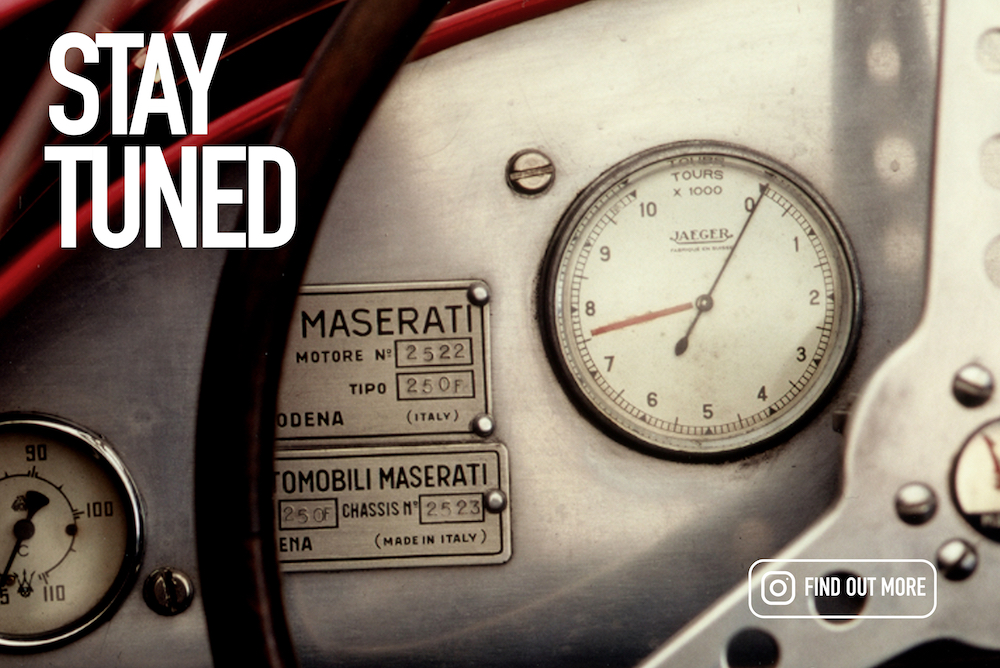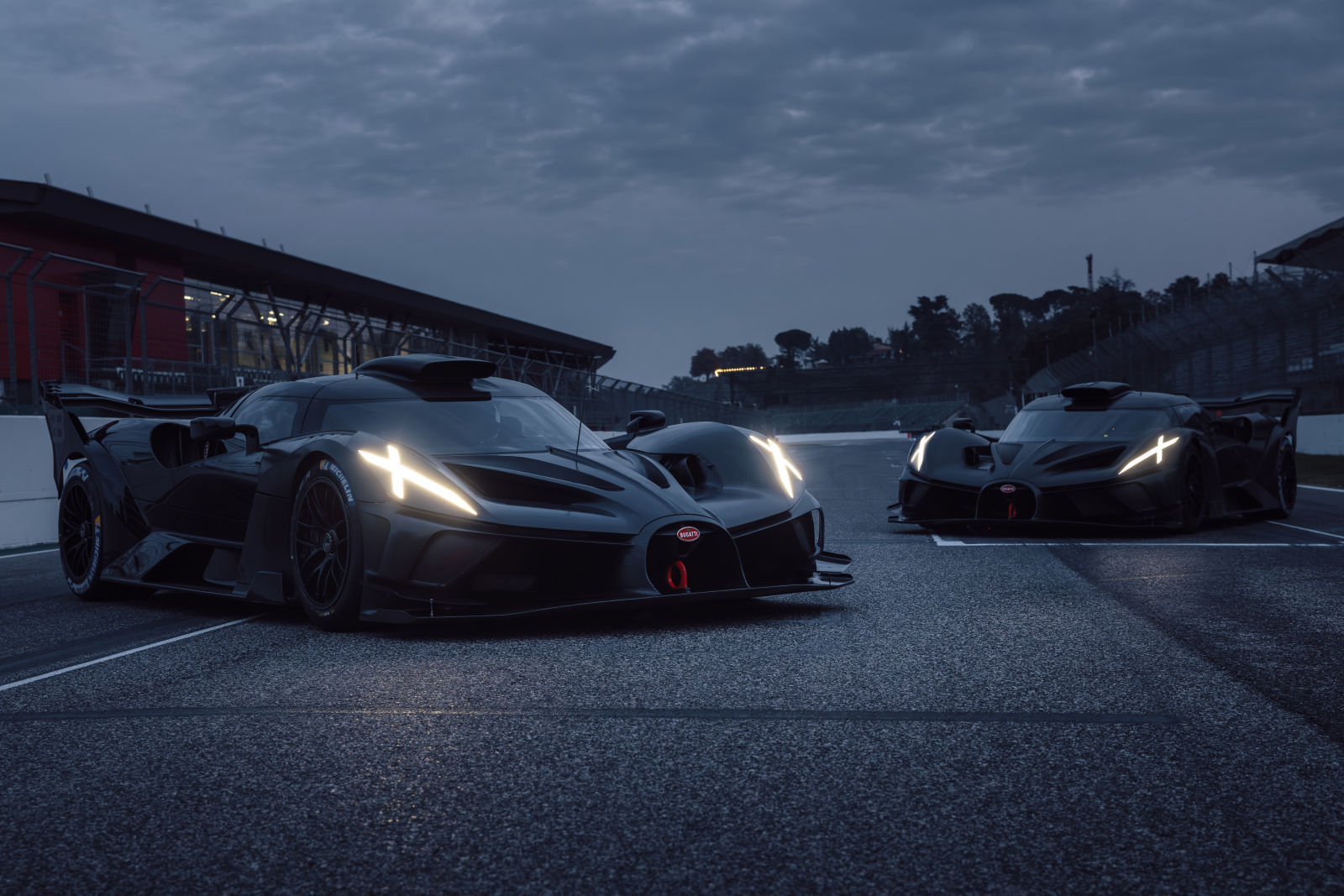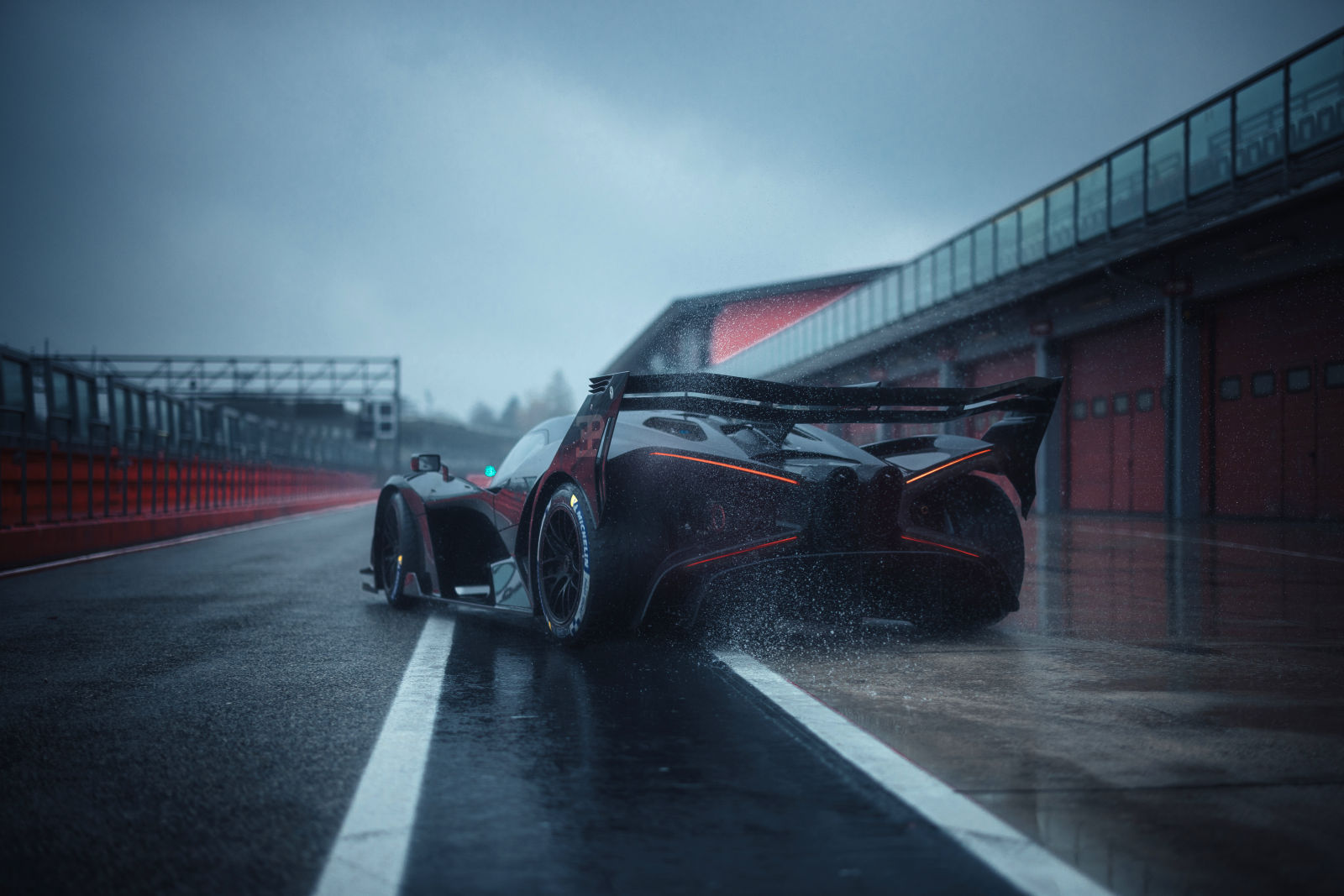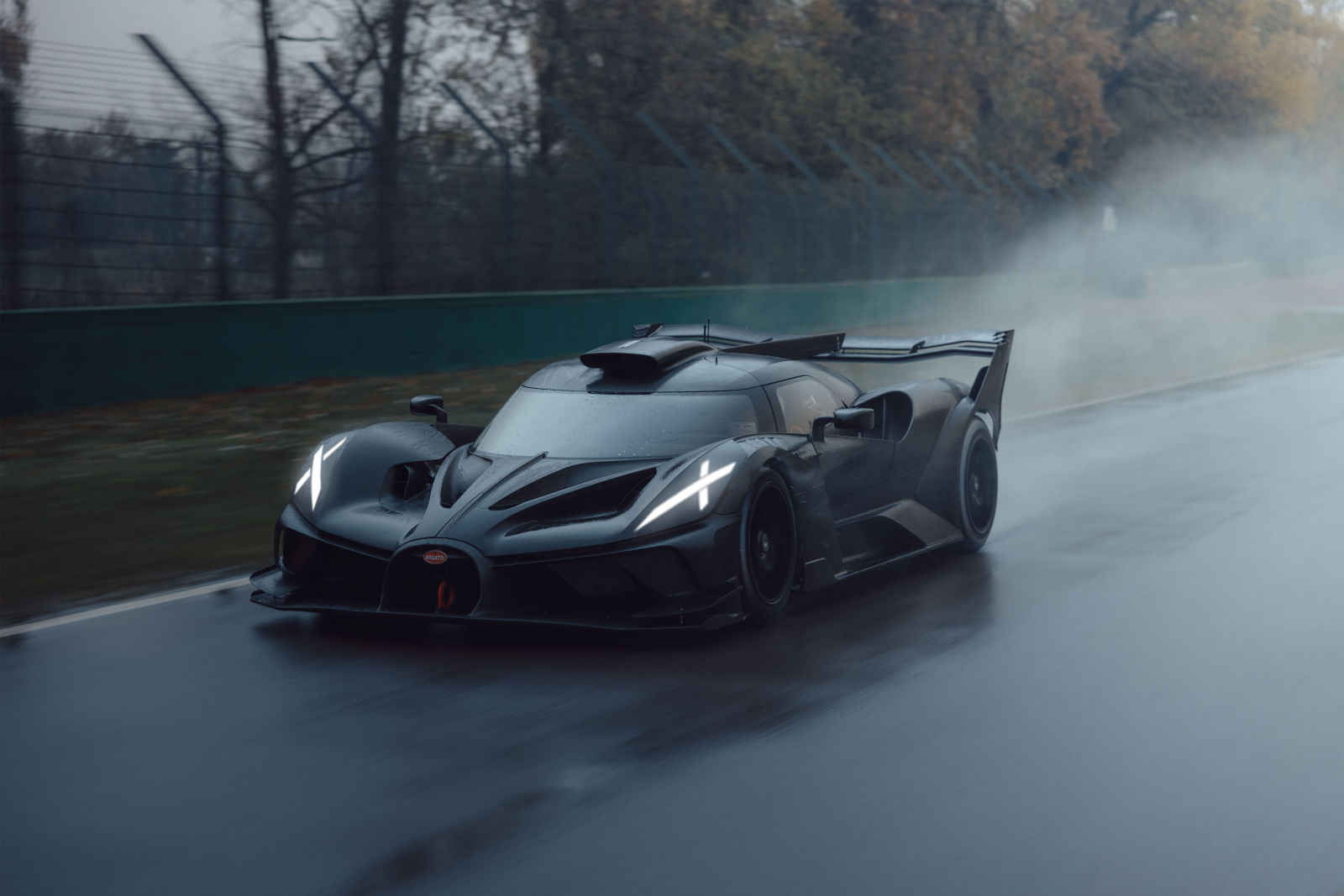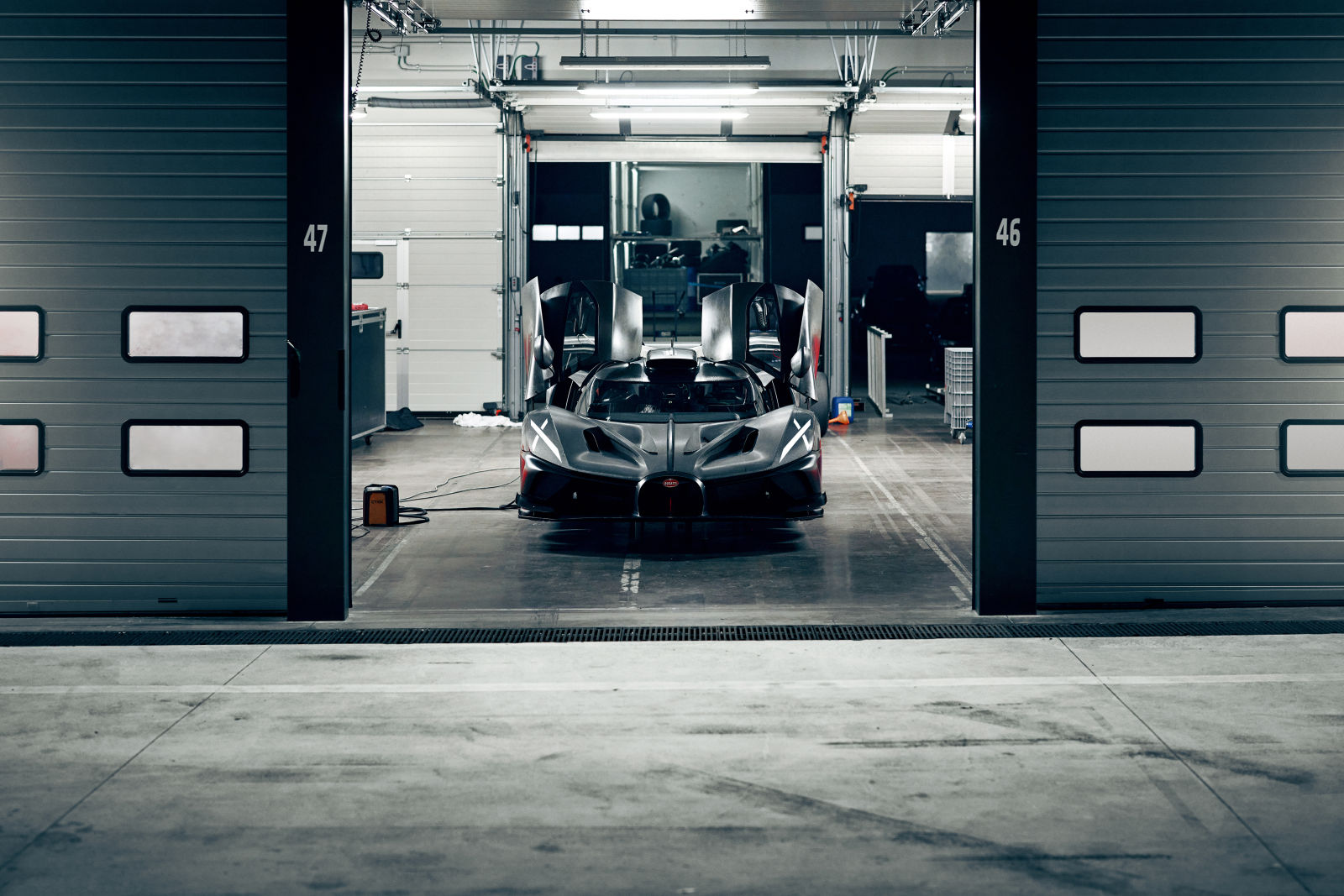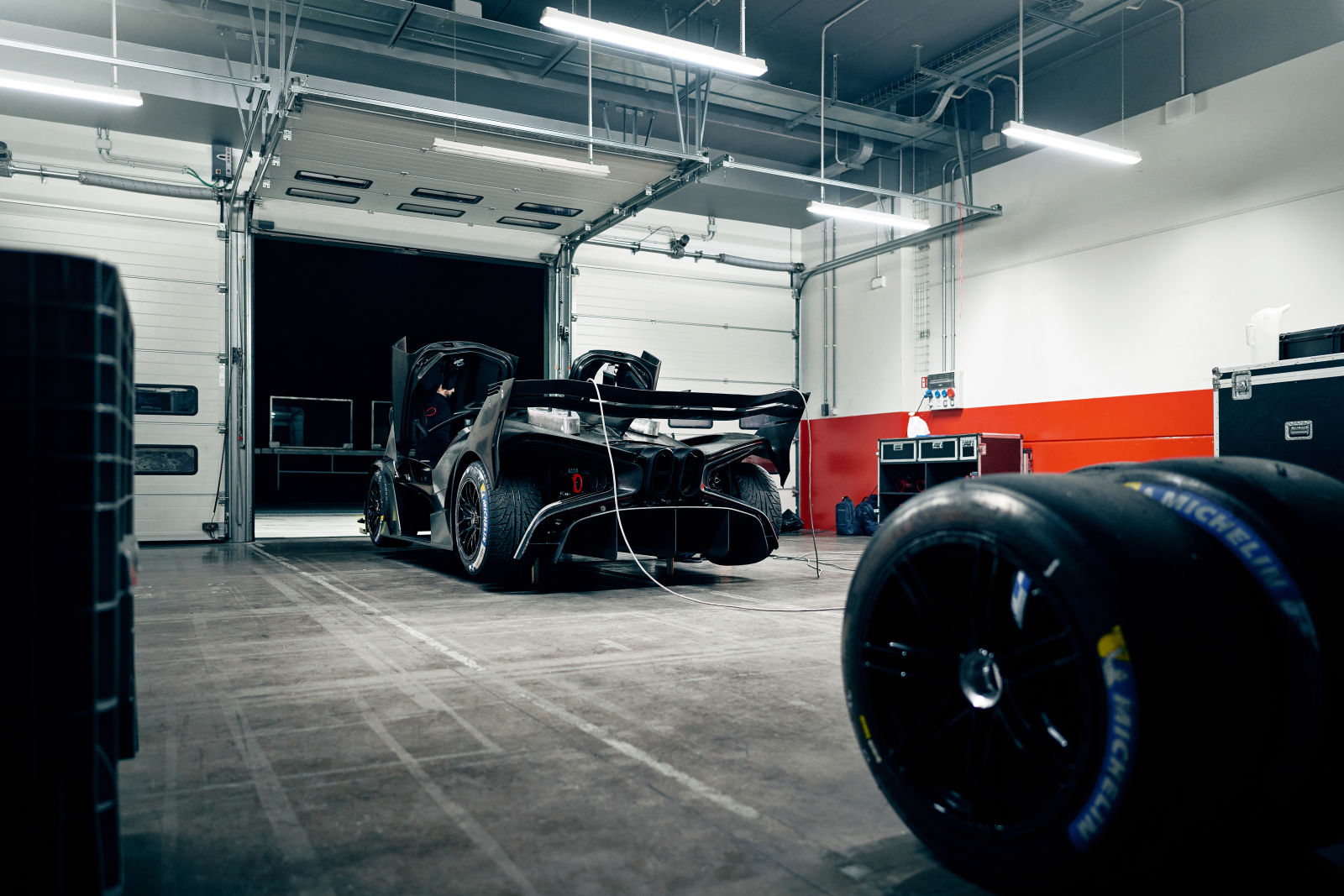The Bugatti Bolide is an uncompromising thoroughbred that combines the iconic W16 and remarkable lightweighting techniques for a track driving experience that is unlike any other. Yet fundamental to the Bolide’s performance is the technology behind its capacity to tame its speed when needed – the biggest carbon-carbon brake system ever produced by Brembo.
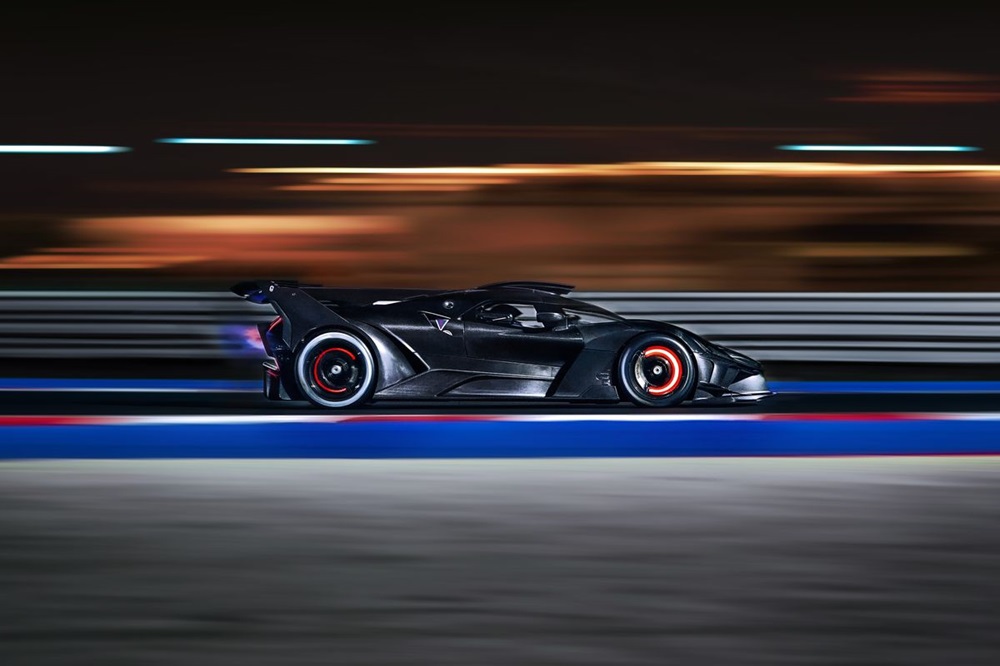
Designed to deliver an incomparable drive, the Bugatti Bolide1 was always going to be an extreme application that demanded a brake system from a name synonymous with peak performance. Early in the design process, Bugatti tasked Italian manufacturer Brembo with crafting a system that stands as a testament to the car’s uncompromising nature.
From initial data to dyno testing to on-track analysis, Brembo racing engineers worked in close collaboration with Bugatti to meet the challenges associated with crafting a brake system that is entirely unique in its design and performance level. The result, following two years of demanding testing and development, is a carbon-carbon system that is on par with the technology that goes into LMh/LMDh and Formula 1 machinery.
The stopping power generated by the Bolide is in a class of its own. Its bespoke front brakes are the largest carbon-carbon brake ever, incorporating two eight-piston monobloc calipers, both equipped with four high-performance 25 mm pads, and remarkable 390×37.5 mm carbon discs. The calipers themselves are machined out of aluminum alloy and nickel coated.
At the rear, two six-piston monobloc calipers mirroring the front with four high-performance pads, although slightly thinner at 24.5 mm. Complementing the rear calipers are sizable 390×34 mm carbon discs. While not as big as their front counterparts, the rear brake system’s specifications match that of the LMDh racing class, exemplifying Bugatti’s resolute ambition to deliver unrivaled track performance.
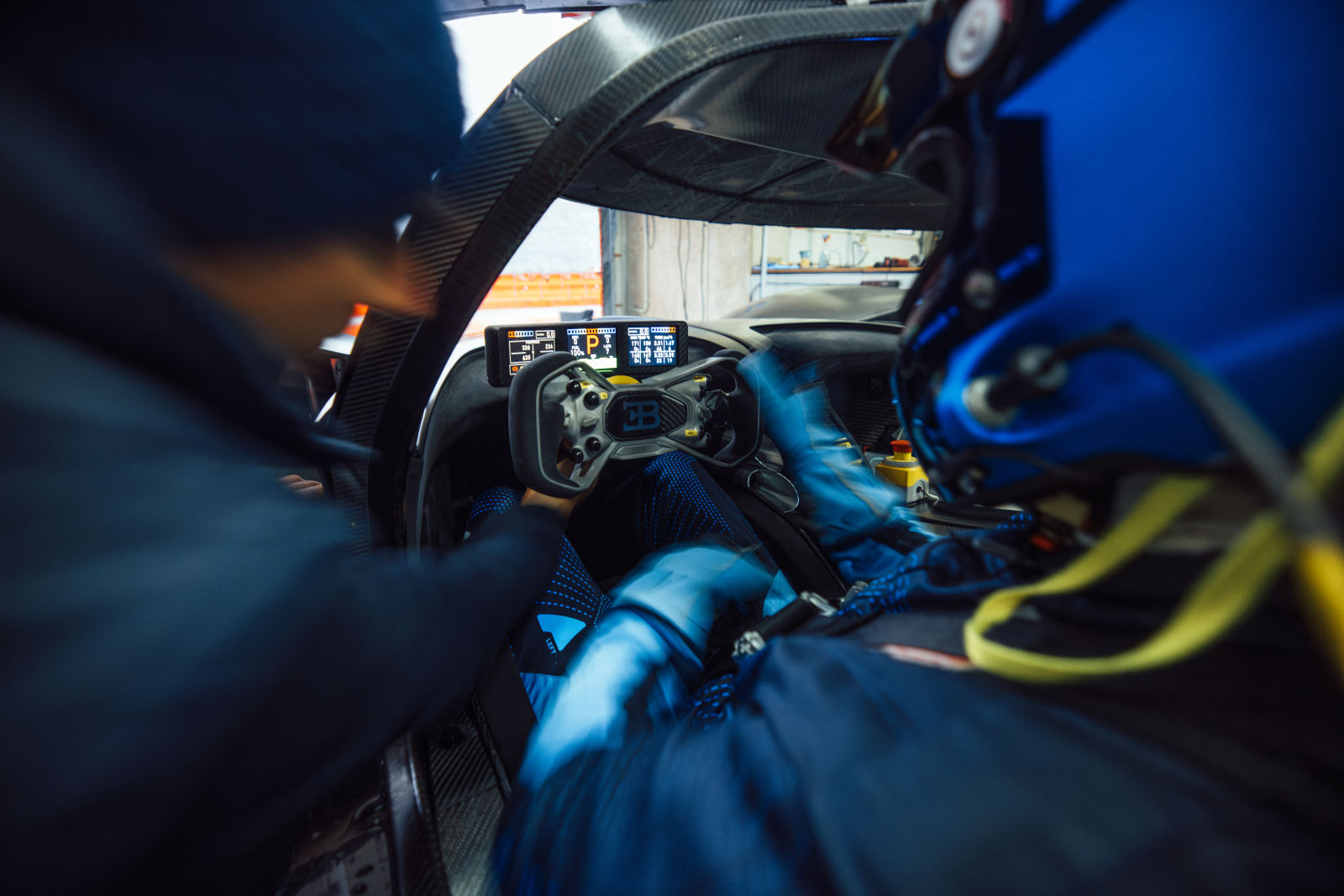
“Developing the brake system for the Bugatti Bolide was a unique and very exciting challenge for the Performance Division of Brembo – and we are proud of what we achieved” said Mario Almondo, Chief Operating Officer of Brembo Performance. “We had to reengineer the entire system to cope with the incredible yet demanding characteristics and power of the car. The front caliper, for example, is a real masterpiece of engineering in my view, being the largest we have ever fitted to a racing car. Using carbon compounds that are similar to those in Formula 1 meant that, despite the size and power of the Bolide, we were able to produce the lightest possible design.”
This choice first and foremost allowed the engineering team to dramatically reduce the overall weight of the system – each disc on the Bolide remarkably weighs only 3,175 kg. But it also ensured the brake system would deliver exceptional thermal conductivity for superior heat dissipation during intense braking scenarios, preventing brake fade and ultimately offering Bolide owners consistent performance even under extreme conditions.
The Bolide’s brake system is not just about the calipers, pads and discs, however; it’s a harmonious blend of engineering precision. A holistic approach ensured that every component works as one. This included bespoke master cylinders and specially formulated fluid that further refine the Bolide’s dynamics.
In crafting a hyper sports car that draws inspiration from the pinnacle of motorsport, the capacity to consistently deliver exceptional performance in all track situations is very important. In line with this ambition, the Brembo engineers played an integral role in sculpting the brake air duct of the Bolide, collaborating with Bugatti to precisely attune airflow to the needs of its cutting-edge brake system.
Bugatti’s cooperation with Brembo greatly enhanced the brake system cooling. This strategic development was vital, considering the energy and torque unleashed by the Bugatti W16, especially towards the front wheels, during rigorous track sessions. In addressing this, 85-90% of the airflow is directed to the discs and pads, with a smaller portion reaching the calipers.
Since the inaugural computational fluid dynamics (CFD) sessions of the Bolide project in 2022, the team embarked on a journey of developing and testing the brake system, ensuring it can withstand the Bolide’s exhilarating speeds on the track. Spanning a period of two years, the data gleaned from simulations, dynamometer sessions, and thorough analyses conducted on racetracks were systematically funneled back to the Brembo engineers.
Beyond the ordinary, the evaluation examined potential misuse scenarios where traction control intervenes more frequently. It involved a deep examination of the Bolide’s ‘Wet’ mode, designed to prepare the track-only hyper sports car for the use of wet tires in challenging driving conditions. This driving profile makes fine adjustments to the control system, enhancing adaptability on slick surfaces by inducing understeer, and activates a distinctive rain light reminiscent of the dynamic red lights seen in Formula 1.
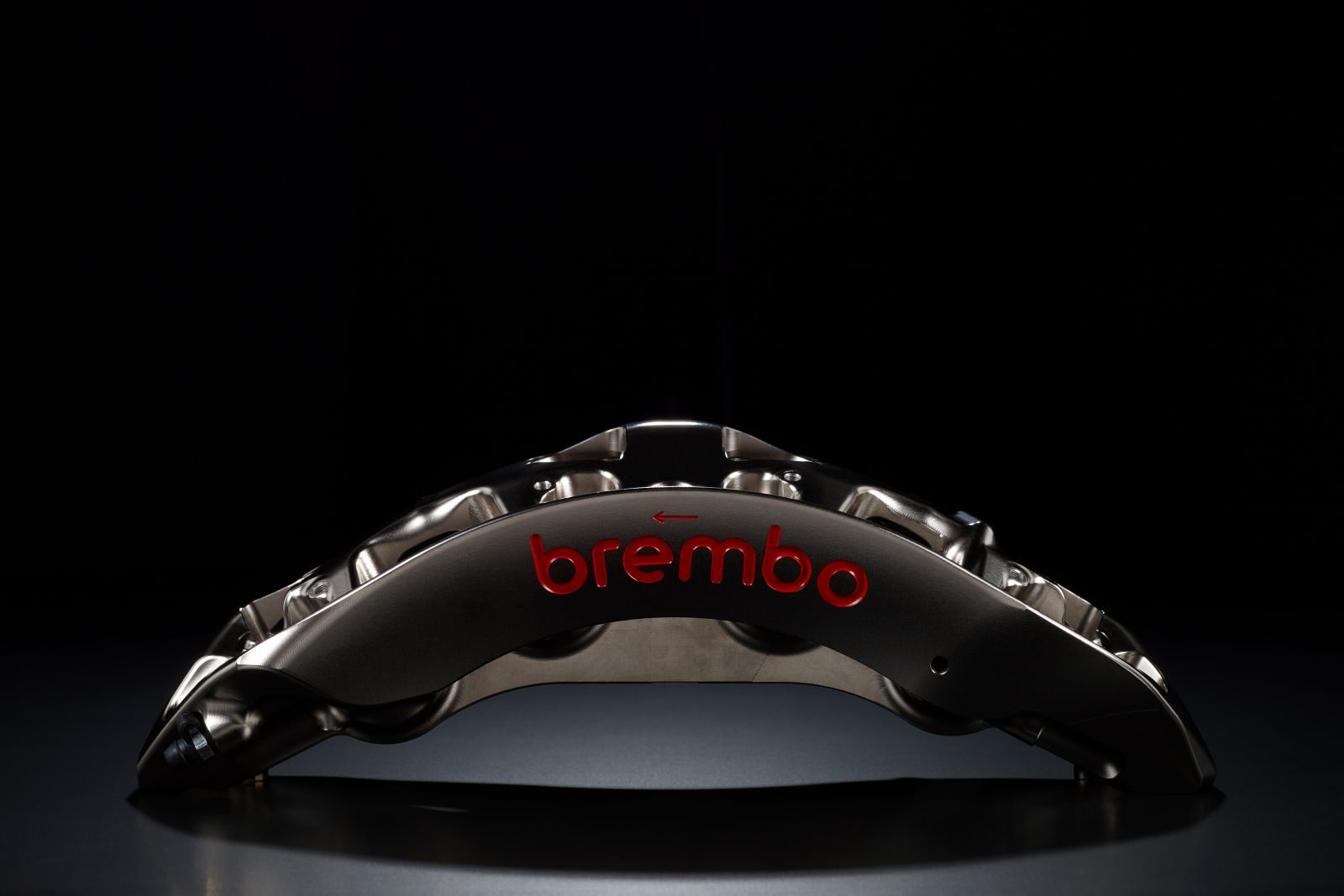
This feedback loop not only allowed the project team to fine-tune the brake system’s performance but also to guarantee that the Bolide stands unrivalled in every aspect – thriving in diverse weather conditions without jeopardizing safety or security.
“I am immensely proud of the work that has gone into the development of the Bolide, a track-only hyper sports car that encapsulates Bugatti’s racing heritage. In collaborating with Brembo, we’ve engineered a brake system that not only meets but surpasses the extraordinary demands of the Bolide. Our partnership has yielded a masterpiece – their innovative technology aligns seamlessly with our vision, ensuring the Bolide’s brake system is a key part of another pinnacle in Bugatti’s storied legacy.”
Emilio Scervo
CTO of Bugatti Rimac
find more news here…
